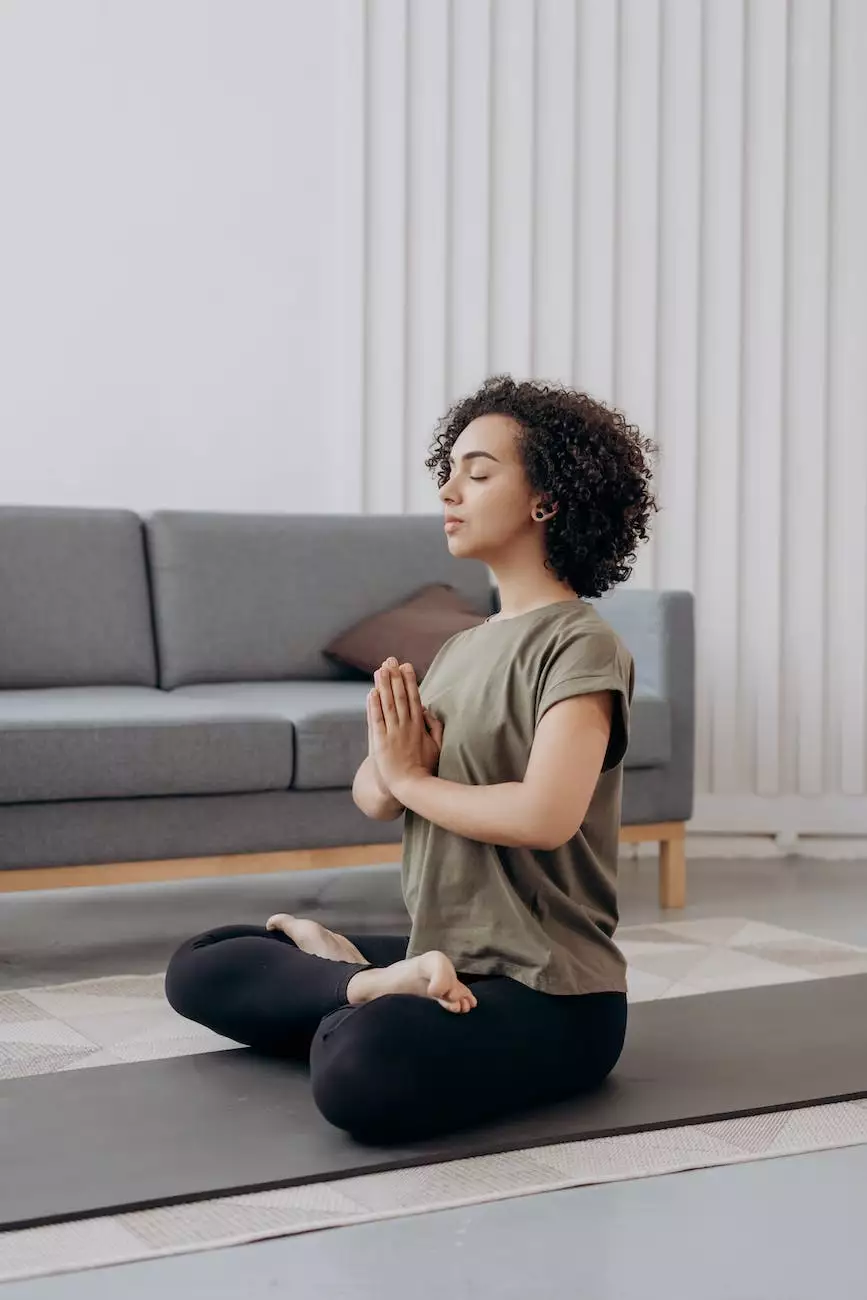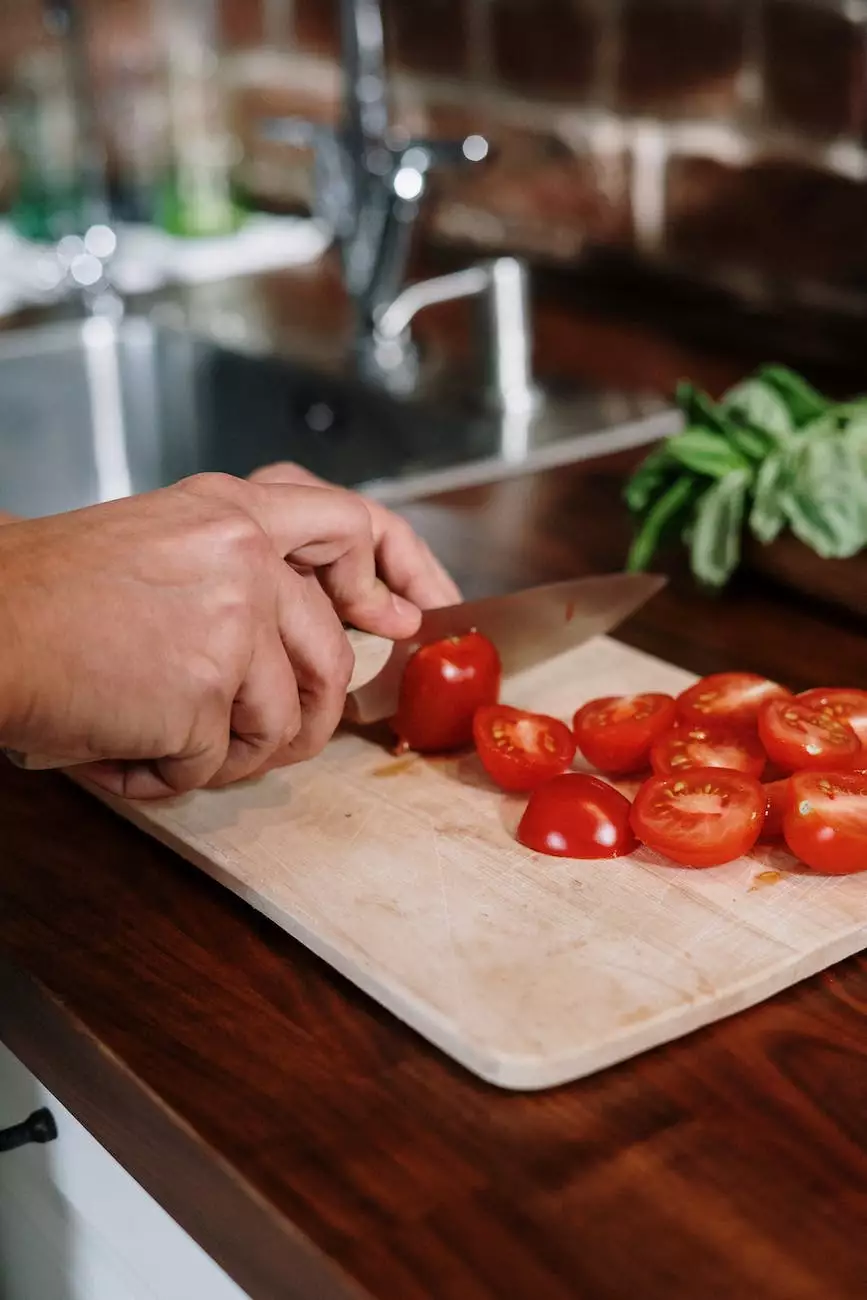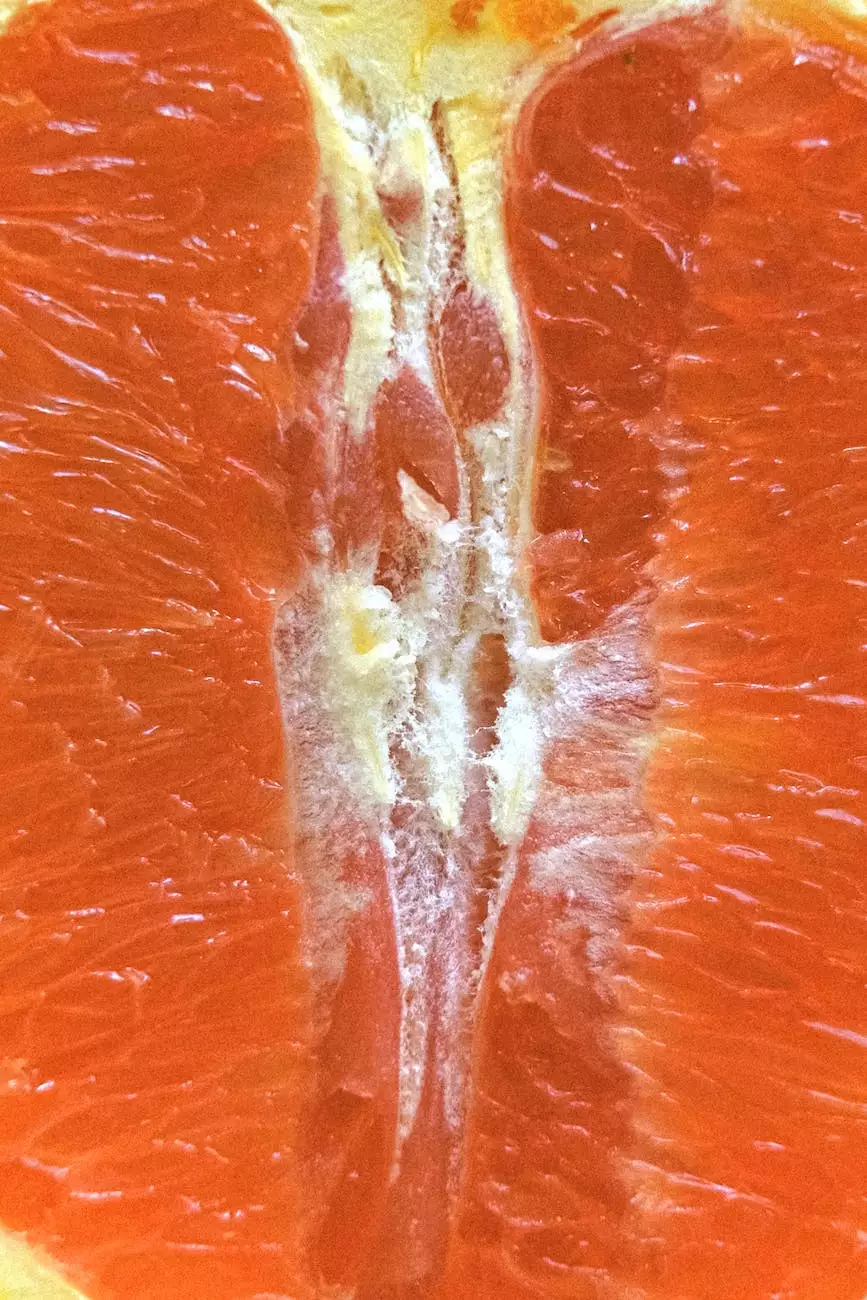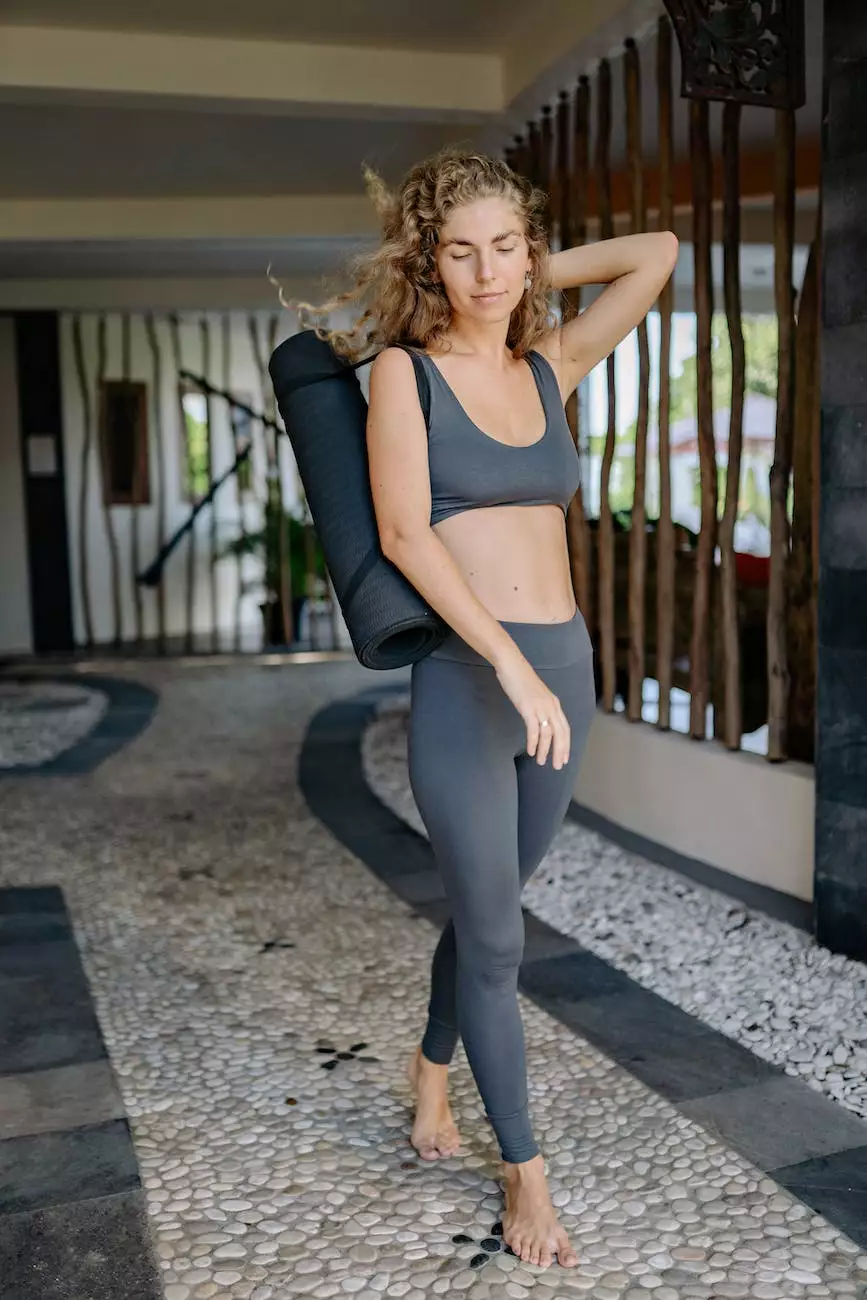The Importance of Doing Squats

Introduction
Welcome to the learning center of Michael Finley, CNHP. In this article, we will discuss the importance of performing squats for your overall health and fitness. Squats are widely regarded as one of the most effective exercises for building strength, improving flexibility, and enhancing muscle tone. Whether you are an athlete, fitness enthusiast, or simply looking to improve your physical well-being, squats should be an integral part of your workout routine.
Benefits of Squats
Squats offer numerous benefits that contribute to your overall well-being and fitness. Let's explore some of the key advantages of incorporating squats into your exercise regimen:
1. Builds Lower Body Strength
Squats primarily target the muscles in your lower body, including the quadriceps, hamstrings, glutes, and calves. These compound movements engage multiple muscle groups simultaneously, leading to increased strength and power in your legs. Strong lower body muscles play a vital role in various activities, such as walking, running, and climbing stairs.
2. Improves Core Stability
Contrary to popular belief, squats are not solely a lower body exercise. When performed correctly, squats engage your core muscles, including the abdominals, obliques, and lower back muscles. By strengthening your core, you enhance overall stability, improve posture, and reduce the risk of lower back pain.
3. Enhances Functional Fitness
Functional fitness refers to the ability to perform everyday tasks with ease. Squats mimic movements such as sitting down, standing up, and lifting objects. Incorporating squats into your workout routine helps improve functional fitness, making daily activities more manageable and reducing the risk of injuries.
4. Boosts Metabolism
Squats are known to stimulate muscle growth, which in turn increases your metabolic rate. Building muscle mass through squats means your body will burn more calories even at rest. This metabolic boost can aid in weight management and contribute to overall fat loss.
5. Supports Joint Health
Performing squats with proper form helps improve joint health, especially in the knees and hips. Squats strengthen the muscles surrounding these joints, providing stability and support. It is crucial to maintain proper form during squats to prevent undue stress on the joints and reduce the risk of injury.
Proper Squat Form
To maximize the benefits of squats and minimize the risk of injury, it is essential to maintain proper form. Follow these guidelines to ensure you perform squats correctly:
1. Stance
Begin by standing with your feet shoulder-width apart and toes slightly turned out. This stance provides a stable base and ensures proper alignment throughout the movement.
2. Depth
Descend into the squat by bending at the hips and knees. Aim to reach a depth where your thighs are at least parallel to the ground. Going deeper challenges your muscles further, but only go as low as you can while maintaining proper form.
3. Back Position
Keep your back straight throughout the entire squat movement. Avoid rounding or arching your back, as it can strain the spine and lead to injuries. Engage your core to maintain stability and support the spine during the exercise.
4. Knees and Feet Alignment
Ensure that your knees track in line with your feet throughout the squat. Avoid letting your knees collapse inward or extend too far beyond your toes, as this can place undue stress on the knee joints. Maintain proper alignment to protect your knees and improve squat effectiveness.
Variations of Squats
To keep your workouts engaging and challenge your muscles in different ways, consider incorporating variations of squats. Here are a few popular squat variations:
1. Goblet Squats
Hold a dumbbell or kettlebell close to your chest as you perform squats. This variation helps to improve upper body posture and engages the core muscles to a greater extent.
2. Bulgarian Split Squats
Stand in a split stance with one foot positioned forward and the other foot resting on a bench or step behind you. Lower your body by bending your front leg, aiming to bring your back knee close to the ground. Bulgarian split squats target individual legs, improving balance and unilateral leg strength.
3. Sumo Squats
Take a wide stance with your toes pointed out at an angle. Squat down by bending your hips and knees, keeping your back straight. Sumo squats primarily target the inner thigh muscles and glutes, providing a different stimulus to your lower body muscles.
Conclusion
Squats are an essential exercise for anyone looking to improve their overall health and fitness. By incorporating squats into your workout routine, you can reap the benefits of increased lower body strength, improved core stability, enhanced functional fitness, boosted metabolism, and better joint health. Remember to always prioritize proper form while performing squats to maximize results and prevent injuries. Consult with a fitness professional or healthcare provider if you have any concerns or underlying medical conditions that may affect your ability to perform squats safely. Start reaping the rewards of this highly effective exercise today, and watch your overall fitness levels soar.









